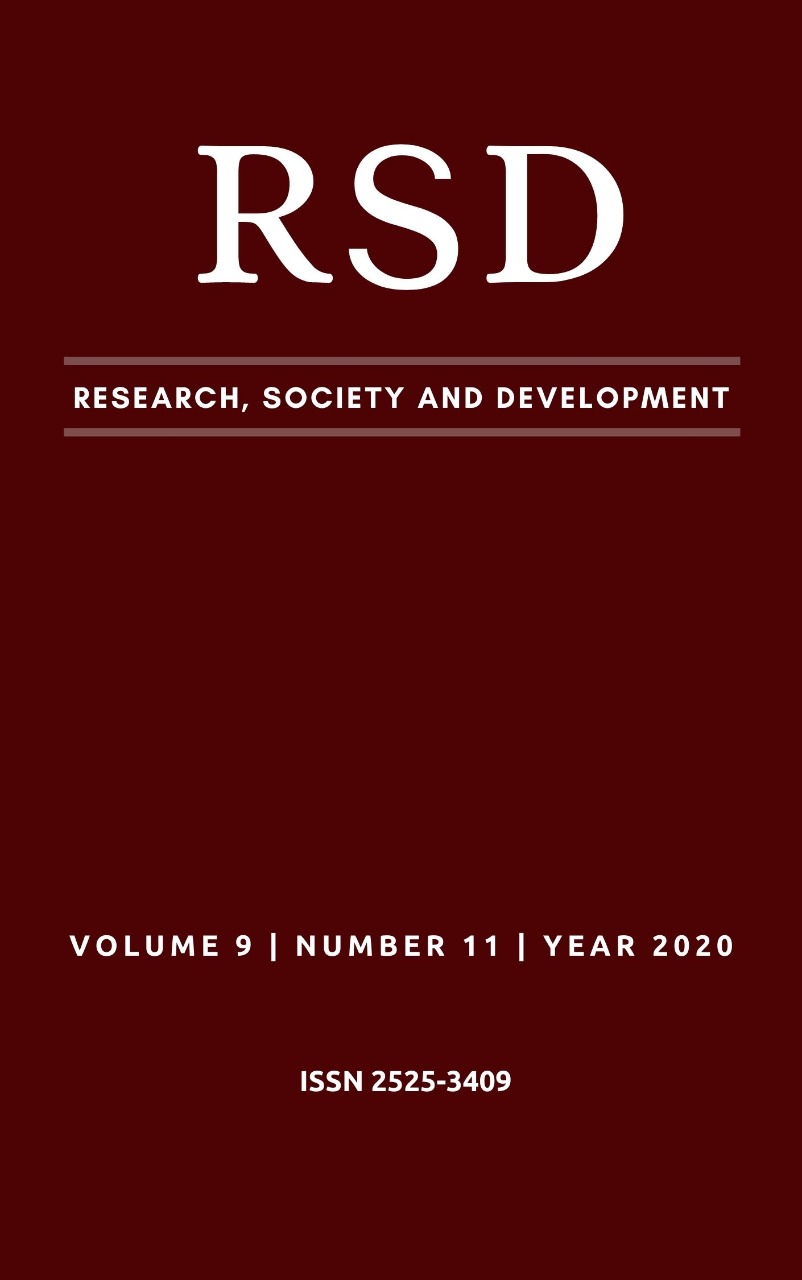Public Security Institutions and the Media in the Face of the Social Phenomenon of the Disappearance of People in Belém, in the State of Pará, Brazil
DOI:
https://doi.org/10.33448/rsd-v9i11.9845Keywords:
State; Freedom and Security; Missing; Media; Public security.Abstract
The aim of this research was to reflect on the influence of the media and the role of public security agencies in the face of the occurrences of missing persons. from 2010 to 2018. The methodology used was bibliographic research and documentary research. Among the main results, it was found: a) the role of the local media has been shown to be positive for the organization and cataloging of missing persons data; b) the media can act as a significant instrument for the dissemination of information and public campaigns and policies aimed at the population; c) in cases of disappearance of people, the media provides greater visibility before society, as well as before public security authorities. It was concluded that this study helped to understand the relevance of the role of the media in the event of cases of missing persons as it directs the performance of public security in the face of the phenomenon of the disappearance of people.
References
Alves, L. M. P. B. (2011). A mídia como agente operador do direito. FIDES, Natal, 2(1).
Araújo, F. A. (2016). “Não tem corpo, não tem crime”: notas socioantropológicas sobre o ato de fazer desaparecer corpos. Horizontes Antropológicos, Porto Alegre, 22(46), 37-64.
Bourdieu, P. (1997). Sobre a televisão: seguido da influência do jornalismo e os jogos olímpicos. Rio de Janeiro: Zahar.
Câmara, J. A. S. R. (2012). Sistema penal e mídia. Revista da ESMESE, 17, 265-289.
Carvalho Jr., O. L. (2013). Mídia e criminalidade no Brasil. UFPR: I Seminário Nacional Sociologia & Política.
Cellard, A. A análise documental. (2013). In: Poupart, J. et al. A pesquisa qualitativa: enfoques epistemológicos e metodológicos. Petrópolis: Vozes.
Ferreira, L. C. M. (2012) De problema de família a problema social: notas etnográficas sobre o desaparecimento de pessoas no Brasil contemporâneo. Anuário Antropológico, 191-216.
Ferreira, L. C. M. (2013) “Apenas preencher papel”: reflexões sobre registros policiais de desaparecimento de pessoa e outros documentos. MANA, 19(1), 39-68.
Figaro-Garcia, C. (2010). Uma proposta de prática psicológica para casos de desaparecimento de crianças e adolescentes. Tese de Doutorado. Universidade de São Paulo.
Gomes, M. A. M. (2015). Mídia e sistema penal: as distorções da criminalização nos meios de comunicação. Rio de Janeiro: Revan.
Gonçalves, H. A. (2012). Manual de metodologia da pesquisa científica. São Paulo: Avercamp.
Mendonça, F. G. (2013). 2º Congresso Internacional de Direito e Contemporaneidade: mídias e direitos da sociedade em rede, Anais, 370-383.
Nascimento, C. C. & Coelho, M. R. M. (2006). Apego e perda ambígua: apontamentos para uma discussão. Revista Mal-Estar e Subjetividade. Fortaleza, VI(2), 426 – 449.
Oliveira, D. D. (2007). Desaparecidos civis: conflitos familiares, institucionais e segurança pública. (Tese de Doutorado). Brasília: Instituto de Ciências Sociais da Universidade de Brasília.
Porto, M. S. G. (2009). Tempo Social. Revista de Sociologia da USP, 21(2).
Prates, F. C., & Tavares, N. F. A. (2008). A influência da mídia nas decisões do conselho de sentença. Direito & Justiça, Porto Alegre, 34(2), 33-39.
Rolim, G. S. R., Radzevicius, L. C., & Salles, R. J. (2018). Análise do Luto de Mães de Crianças e Adolescentes Desaparecidos. Psicologia: Ciência e Profissão, 38(3), 507-521. Recuperado de www.scielo.br/pcp.
Tavares, A., Crespo, C., & Ribeiro, M. T. (2017). Crianças Desaparecidas: Revisão Sistemática. Psychology, Community & Health, Vol. 6(1), 42–58, doi:10.5964/pch.v6i1.191.
Downloads
Published
How to Cite
Issue
Section
License
Copyright (c) 2020 Eric Augusto Parente Rodrigues; Ana Patrícia de Oliveira Fernandez

This work is licensed under a Creative Commons Attribution 4.0 International License.
Authors who publish with this journal agree to the following terms:
1) Authors retain copyright and grant the journal right of first publication with the work simultaneously licensed under a Creative Commons Attribution License that allows others to share the work with an acknowledgement of the work's authorship and initial publication in this journal.
2) Authors are able to enter into separate, additional contractual arrangements for the non-exclusive distribution of the journal's published version of the work (e.g., post it to an institutional repository or publish it in a book), with an acknowledgement of its initial publication in this journal.
3) Authors are permitted and encouraged to post their work online (e.g., in institutional repositories or on their website) prior to and during the submission process, as it can lead to productive exchanges, as well as earlier and greater citation of published work.

